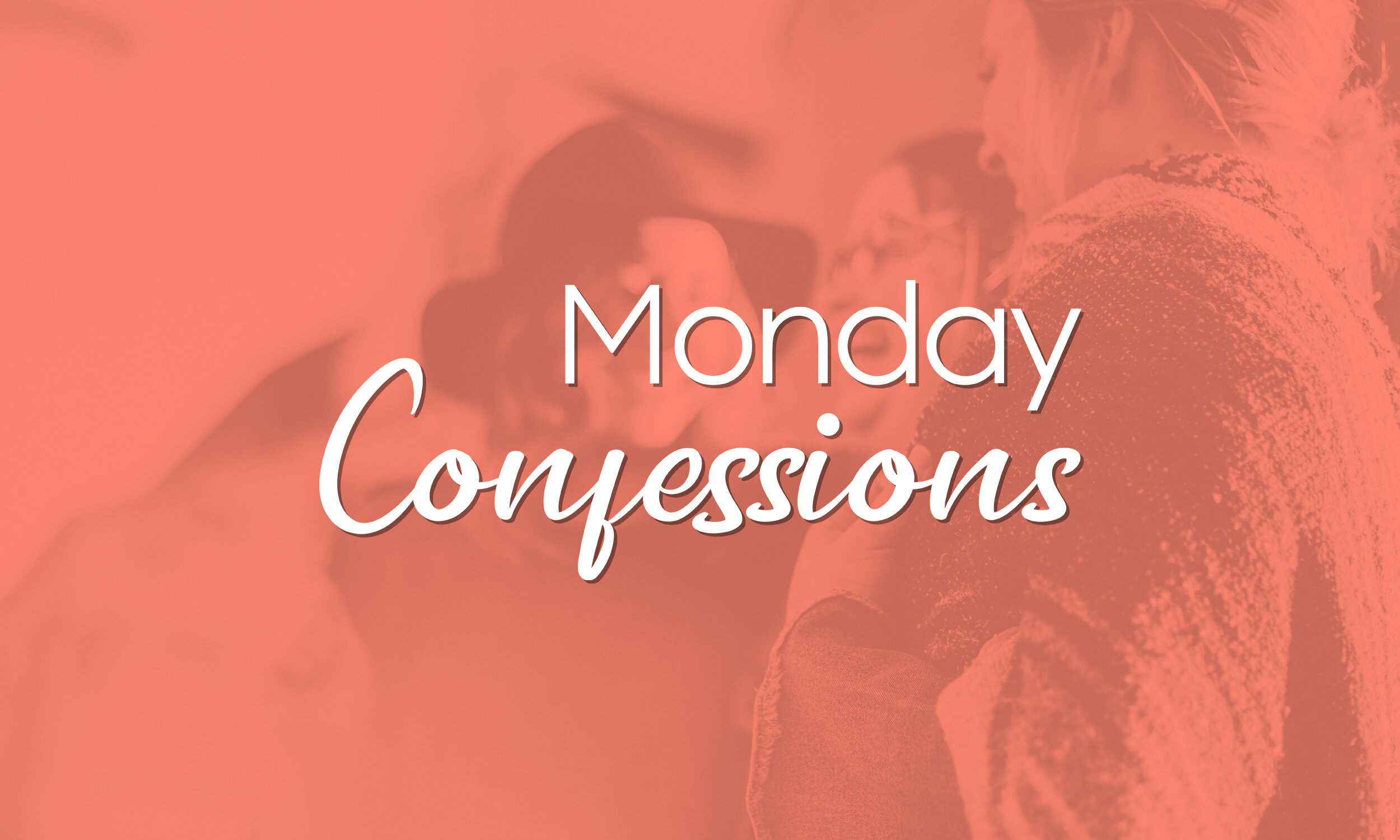My Menopause Diet Plan
I grew up in the Midwest. Family gatherings, reunions, and staple meals more often than not didn’t include a healthy diet in the description. Salt, sugar, and butter were key ingredients to nearly every dish, and most “salads” didn’t include a single leafy green albeit a watery white wedge of iceberg lettuce. As for diet? Well, it was one of those icky words I associated with weight loss and food-haters and I wasn’t about to get on that band wagon until I absolutely had to.
After college I got really body conscious. My clothes stopped fitting and I couldn’t afford to replace my wardrobe, but I lived in Los Angeles where there was a fitness studio or mirror of what I did or didn’t want to look like on every corner. I became a gym rat and taught Spinning (indoor cycling) and mat Pilates 3-4 days a week and when I wasn’t there, I rode my bike to and from work, and walked more than I drove (I learned the realness of road-rage a few too many times). Suffice to say, over the years I learned a thing or two about nutrition, calorie counting, fitness, and weight loss.
After college I got body conscious. My clothes stopped fitting and I couldn’t afford to replace my wardrobe.
Then I had kids…
Standing gym dates and regular fitness took a back seat while I was adjusting my sleeping, eating, and breathing schedules to the demands of our growing family. We moved cross country twice - Los Angeles to Nashville, then Nashville to a ski resort town in Colorado. And while it seemed everyone else in our new mountain town was hard core to working out and being outdoors, I was up to my eyeballs in diapers, feedings, and nap times.
Surprisingly though, my healthy eating plate of 1 part meat protein, 1 part carbs, and 2 parts veg didn’t change much during those years. Still, over the past decade, ignored muscles began to droop and my middle softened more and more.
Then perimenopause symptoms hit.
Just as I was exiting the era of middle of the night wake ups from the kids, a new wave of fatigue, insomnia, and moodiness took over. Working out even at half-mast wasn’t an option. I could barely stumble from one room to the next without hurting myself or someone’s feelings in the process.
But the weight? The additional pounds I planned to lose as soon as I could find the energy, were creeping up the scale again. My short and compact frame was widening by the minute and each trip past a mirror made me cringe.
Just as I was exiting the era of middle of the night wake ups from the kids, perimenopause symptoms hit and a new wave of fatigue, insomnia, and moodiness took over…
I went to the doc. Blood tests revealed my cholesterol was getting higher than within a healthy range and nearing the recommendation for prescribed medicine to lower its range. My weight was 15-20 lbs over what it had been after I lost the weight of my second child too.
“Perimenopause weight gain,” she said.
But, weren’t my 3-4 days-a-week 3.5 mile speed walks, 1-2 day a week resistance trainings, and 12k-15k steps every day enough?
“Have you considered a more plant based diet?” Her question was rich considering she wasn’t too much older and sported a thicker tire around her middle than me.
How could I turn my back on the animal-farmers I’d come to know and love? I wasn’t going to become one of those vegetarian or worse, vegan nut-jobs now…
I grew up in the belt of meat and potatoes. I had family and friends who made their living by raising livestock. How could I turn my back on them and become one of those new age vegetarians or worse, vegan nut-jobs now?
But I didn’t want to take cholesterol meds. Not yet anyway. So I accepted the challenge and decided if my diagnostic tests came back lower at my next appointment, it would confirm my cholesterol issues are diet-based and this would be an easy fix. If it’s hereditary, well, I’d have to accept the new daily pill in my future..
So I went home and told my husband my menopause diet plan: plant based, mostly vegan with the occasional fish or egg (dairy was usually giving me sinus issues anyway).
I was surprised he was so supportive and didn’t fight the current. Most of our meals became plant-based without much trouble, though to support the growing bones and muscles of our children I maintained a regular 2-3 meals a week with dairy and/or a lean meat.
Having already swapped cow for oat milk years ago, incorporating other dairy-free alternatives was easy too. But meat replacement and thus finding the perfect protein source was the first challenge. Pre-packaged plant-based “meat” options sounded too good to be true and after reading an article about a study at Harvard Health regarding the health content of additives and processing methods, they didn’t sound any healthier than traditional meats the were replacing. Plus the overly processed element went against the clean-eating I’d been implementing for well over a decade.
Beans. Lentils. Nuts. Mushroom. Coconut. These have become the new bases for most of my favorite main dishes that used to feature meat:
And when it came to desserts? I found my new favorite chocolate bar: Raaka is by far the best chocolate I’ve ever gifted my body.
However, to prevent some deficiencies in my vitamin and mineral intake, I looked into what options I would need to supplement. A standard daily vitamin coupled with a vegan-based omega-3 and iron capsule accompanied my dinners and intermittent fasting curbed my snacking to a bare minimum.
Within a month, sugar cravings stopped almost completely. The hormonal acne breakouts I was getting used to greeting each morning were also no more. And the fatigue? It was as if it never happened.
In 2 months, the first 12 pounds melted away and while in the meantime I haven’t been able to change my fitness routine too much, I suspect with a little more commitment these lingering stubborn 5-8 lbs will come off too.
As I’ve learned so far, menopause weight gain and loss isn’t like anything I’ve experienced before. Fitness workouts alone don’t do it, standard weight loss plans alone don’t do it, and for some reason wishing and hoping and praying and cursing don’t do it either, but a change in your diet can and DOES make a difference.
While I wouldn’t consider myself a vegetarian or vegan nut, and definitely shy away from having any lengthy convos with friends and family about my diet choices, I do believe there is a plan that works for each woman during midlife’s battle with menopause belly.
Presently I’m on month 3 of this food-diet shift and while I do miss meat (and occasionally sneak a bite to sample what I prepare for my husband and kids), I feel confident this change will be permanent regardless how my cholesterol results come back. I don’t expect most of my family or friends to fully understand or support my decision, but I do believe the benefits have by far outweighed the risks.
I’ve been fortunate to talk to my doctor about what works best for my body and have worked with a nutritionist and dietician in the past and both have been vital to keeping me on the right track so far.
Diet still isn’t a word I’m too fond of using either, but when I use it in the context of my “menopause diet plan” it feels less icky on my tongue. The reality that women everywhere are or will one day be experiencing some degree of menopause reminds me that the healthier diet plan portion just so happens to be part of the bag.
While I collect produce at the market or prepare meals for the family, I often imagine other women in this phase of life: gathering, eating, and healing themselves from the inside out.
I’m grateful for my fellow sisters out there doing something similar, something we’ve been doing for centuries. Too bad our village is sprawled out in different time zones, habitats, and communities…
Share this:






